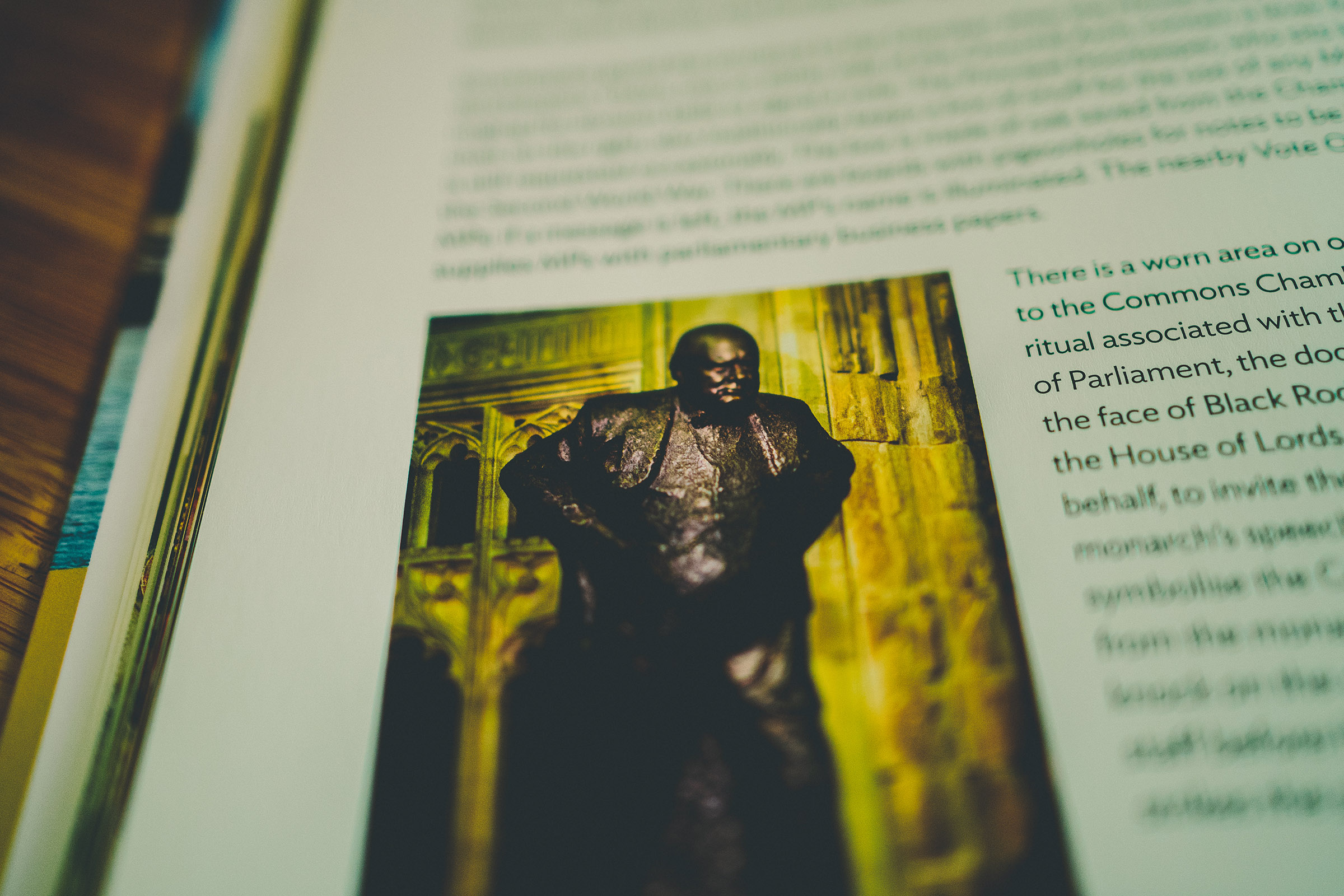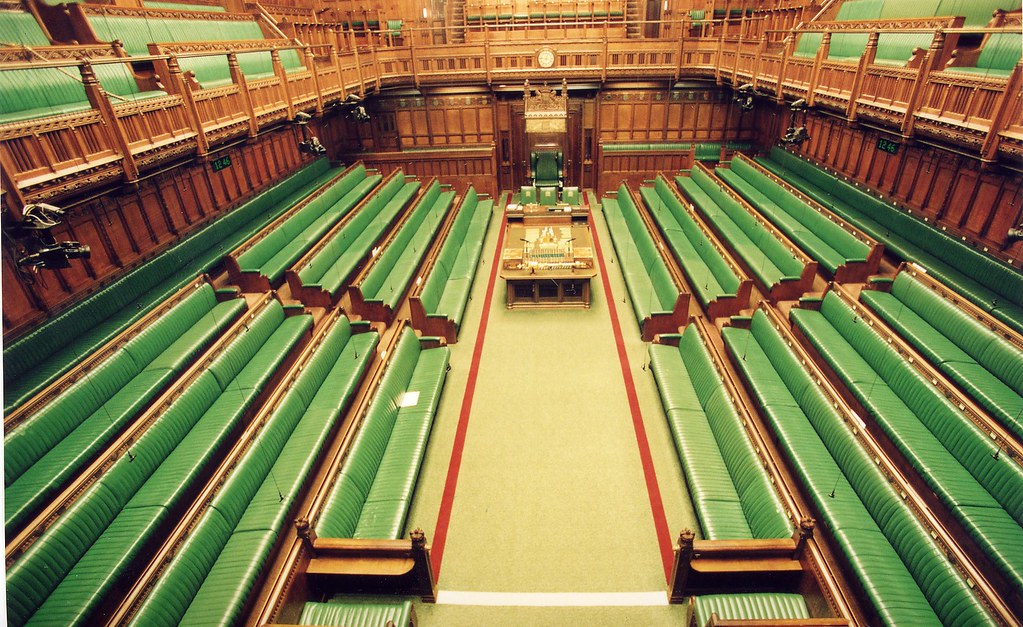要了解一個國家的文化、歷史與政治制度,從其議會制度入手,是一個很好的切入點。 英國議會(The Parliament of the United Kingdom)起源於中世紀,最初由英格蘭、蘇格蘭和愛爾蘭三個獨立議會組成。1707年的《聯合法案》將英格蘭議會與蘇格蘭議會合併,成立大不列顛議會。 1801年通過的《聯合法案》進一步將愛爾蘭議會納入,形成了今日的聯合王國議會。
英國議會主要由國王、上議院和下議院組成,三者分權運作。目前上議院約有802名議員,下議院有650名議員。
位於倫敦的英國議會提供特別的導覽行程,每月僅開放一週,約1.5小時。旅人可提前上網預約,參觀上議院(House of Lords)與下議院(House of Commons)。
To understand a nation’s culture, history, and political system, its parliamentary system is an excellent starting point. The Parliament of the United Kingdom, originating in the Middle Ages, was initially composed of three separate parliaments: England, Scotland, and Ireland. The Acts of Union in 1707 merged the English and Scottish Parliaments to form the Parliament of Great Britain. The Acts of Union in 1801 further incorporated the Irish Parliament, establishing the modern United Kingdom Parliament. The UK Parliament consists primarily of the Monarch, the House of Lords, and the House of Commons, operating under a system of separated powers. Currently, the House of Lords has approximately 802 members, and the House of Commons has 650 members. Located in London, the UK Parliament offers a special guided tour, available for only one week each month, lasting about 1.5 hours. Visitors can book online in advance to explore the House of Lords and the House of Commons.
Visiting – UK Parliament
http://www.parliament.uk/visiting/


我們的導覽老師是一位約50歲、灰色短髮、精神奕奕的英國紳士Tony。 Tony聲音洪亮清晰,為我們簡要介紹英國議會的上議院與下議院的歷史與制度,並分享了前首相柴契爾夫人及邱吉爾的從政軼事。 可惜的是,因國會內部安全規定,所有相機需收起無法拍照,未能留下更多影像記錄。
Our guide was Tony, a vibrant British gentleman around 50 years old with short gray hair. With a clear and resonant voice, Tony introduced us to the history and structure of the House of Lords and House of Commons, while sharing fascinating anecdotes about former Prime Ministers Margaret Thatcher and Winston Churchill. Regrettably, due to security regulations within the Parliament, all cameras had to be stowed away, leaving us with few visual records of the experience.


Photo From Houses of Parliament Office Guide
上議院(House of Lords)的紅色議事椅是其鮮明特色。上議院由世襲貴族、主教及士紳組成,代表英國貴族階層,因此內部裝潢富麗堂皇,黃金點綴處處可見。 下議院(House of Commons)則以綠色座椅為其標誌性特色。
The House of Lords is distinguished by its striking red chairs, a hallmark of its chamber. Representing the British aristocracy, including hereditary peers, bishops, and gentry, the House of Lords is adorned with opulent decor, featuring intricate gold accents throughout. In contrast, the House of Commons is characterized by its iconic green chairs.

Photo From The Parliament of the United Kingdom Flickr
下議院(House of Commons)代表人民,其議員由民眾選舉產生,擁有實際的立法與行政權。 參觀下議院後,令人感到一種特別的熟悉感,或許因為常在BBC新聞中看到前首相大衛·卡梅倫(David Cameron)在下議院接受質詢的畫面。
The House of Commons represents the people, with its members elected by the public and holding substantive legislative and executive powers. Visiting the House of Commons evokes a unique sense of familiarity, perhaps due to frequently seeing former Prime Minister David Cameron fielding questions in its chamber on BBC news broadcasts.

Photo From The Parliament of the United Kingdom Flickr
粗略比較英國、美國與台灣的議會制度,英國的立法、司法與行政權責不同於台灣仿效美國的三權分立制度。 英國的憲政體制以內閣制為基礎,較為複雜,由國王、上議院與下議院三者相互制衡。
行政權屬於內閣,立法權主要由下議院行使,兩者相互牽制:下議院可通過不信任投票罷免內閣,內閣則可解散下議院,重新舉行選舉。
美國的憲政體制採總統制,總統身兼國家元首與行政首長,擁有實質權力。 台灣的憲政體制則介於內閣制與總統制之間,呈現獨特的混合模式,運作更為複雜微妙。
A brief comparison of the parliamentary systems of the United Kingdom, the United States, and Taiwan reveals that the UK’s allocation of legislative, judicial, and executive powers differs from Taiwan’s system, which draws inspiration from the US’s separation of powers.
The UK operates under a parliamentary system with a complex structure, where the Monarch, the House of Lords, and the House of Commons balance each other. Executive power lies with the Cabinet, while legislative authority rests primarily with the House of Commons. The two check each other: the Commons can pass a vote of no confidence to remove the Cabinet, while the Cabinet can dissolve the Commons, triggering new elections.
The US employs a presidential system, where the President, serving as both head of state and head of government, holds significant authority. Taiwan’s constitutional system blends elements of parliamentary and presidential systems, creating a uniquely intricate and nuanced framework.





